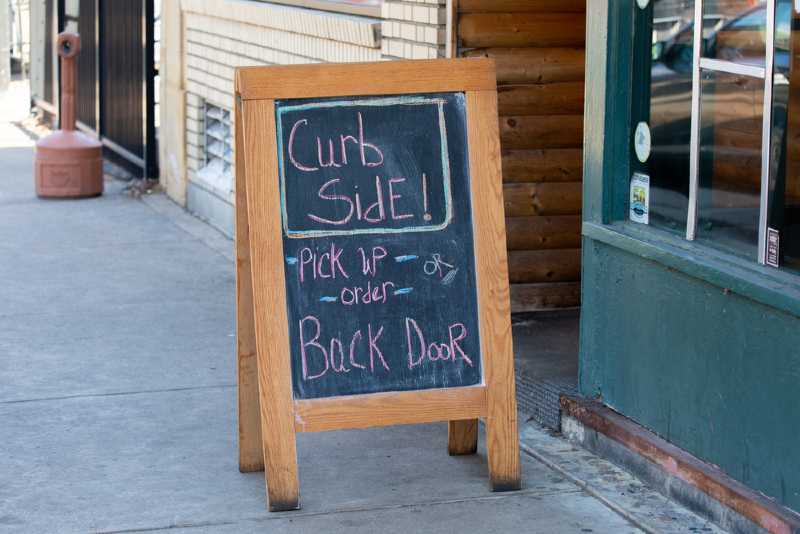Across the nation, restaurant by restaurant are once again testing unfamiliar waters. They’re opening their doors for dine-in customers–but there are massive caveats. Their maximum occupancy capacities have been decimated. Social distancing must be enforced. Their servers will be wearing masks and gloves. Takeout is still going to be a major portion of their business, even if it wasn’t that way prior to the coronavirus.
Let’s look at some of the ways the restaurant industry has soldiered on throughout the last few months.
Taking Care of Employees
Sure, we’ve all read the stories of the restaurant group that laid everyone off and then fired a portion of those employees via the mail. But we’ve also heard stories of heartwarming goodwill. One restaurant group put together food and grocery packages to give to their employees. Many others outright refused to stop paying their employees, and since the state hourly wage for many of them was $2.13/hour plus tips, they handed out temporary raises.
Toilet Paper to Go
Remember when the entire country was freaking out about toilet paper? Restaurants could still get it through their distributors. It probably wasn’t “cloud soft,” but beggars can’t be choosers, right? Many restaurants began throwing in a complimentary roll of toilet paper with to-go and delivery orders, or added it to the menu right next to the french fries. (“Uh, yeah, I’d like to order 2 family packs, an extra side of mashed potatoes, and… go ahead and throw in two packs of toilet paper, too.”)
Innovative To-Go Offerings
What does a restaurant do that needs to pay their bills or credit union loans but can’t have dine-in customers? They put all their focus into takeout, and the nation saw some really inventive to-go offerings. Family packs were all the rage, but a brewpub in San Diego sold build-your-own pizza kits with all the raw ingredients and the instructions on how to assemble/cook said pizza.
Booze to Go
Additionally, alcohol laws were gracefully modified so that restaurants could sell to-go booze, from packs of beer to pre-batched cocktails. A fast-food Tex-Mex chain was selling pre-mixed margaritas by the gallon, although for higher quality ingredients–including the tequila–customers may decide to look to their neighborhood bar. Still, there’s something fun about picking up a bag of tacos and a bucket of margs.
The Little Neighborhood Grocery Shop
Another innovation we saw in restaurants was the use of their distribution channels to turn themselves into little neighborhood grocery stores. Want to pick up eggs, tomatoes, onions, and paper towels? Don’t want to stand in line for an hour down at your normal store? Some of your favorite restaurants were open in the spirit of the neighborhood bodega. Not only were you able to pick up these necessities with far less hassle, but you were also supporting a business that you loved in its time of need. Need more benefits than that? You’d also get to see some familiar faces that you were missing–even if they were half-covered with masks. All the Zoom happy hours in the world won’t make up for missing your favorite bartender.
Fast Food Pickup
Fast food restaurants were also affected by not being able to accommodate dine-in customers. The drive-through became king, but drive-through lines became predictably backed up anywhere near peak hours. Enter curbside pickup and online ordering. You could park in one of a few reserved parking spots in front of the restaurant, call in your order, and they’d bring it out to you as soon as it was done. Alternatively, with many restaurants the customer could call in an order or order online, and then pop in and grab their completed order off of a designated table.
In Partnership with Site Supporters
Curbside pickup stock photo y Justin Berken/Shutterstock











